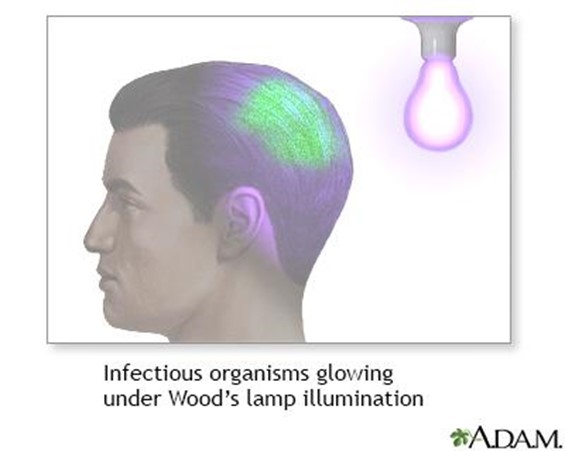The nurse educator asks the student nurse to explain the most common causes of blindness in the United States. Which of the following options will the student nurse select as one of the top causes of blindness?
Head trauma
Cardiovascular disease
Syphilis
Diabetic retinopathy
The Correct Answer is D
Choice A Reason: Head trauma is not one of the top causes of blindness in the United States, but rather a possible cause of it. Head trauma can damage the optic nerve, retina, or brain, leading to vision loss or impairment.
Choice B Reason: Cardiovascular disease is not one of the top causes of blindness in the United States, but rather a risk factor for it. Cardiovascular disease can affect the blood supply and oxygen delivery to the eyes, leading to conditions such as glaucoma, macular degeneration, or retinal vein occlusion.
Choice C Reason: Syphilis is not one of the top causes of blindness in the United States, but rather a rare cause of it. Syphilis is a sexually transmitted infection that can affect the eyes, leading to inflammation, scarring, or detachment of the retina.
Choice D Reason: This is the correct choice. Diabetic retinopathy is one of the top causes of blindness in the United States, affecting about 4.1 million adults. Diabetic retinopathy is a complication of diabetes that damages the blood vessels in the retina, leading to bleeding, swelling, or leakage of fluid. It can cause blurred vision, floaters, or blindness if left untreated.
Nursing Test Bank
Naxlex Comprehensive Predictor Exams
Related Questions
Correct Answer is D
Explanation
Choice A Reason: Culture is not a diagnostic test that uses an ultraviolet light source, but a laboratory test that involves growing microorganisms from a sample of body fluid or tissue. Culture can help identify the type and sensitivity of the infection-causing agent.
Choice B Reason: KOH is not a diagnostic test that uses an ultraviolet light source, but a chemical test that involves applying potassium hydroxide to a sample of skin, hair, or nail. KOH can help diagnose fungal infections by dissolving the keratin and revealing the fungal elements under a microscope.
Choice C Reason: Diascopy is not a diagnostic test that uses an ultraviolet light source, but a physical test that involves applying pressure to a lesion with a glass slide or lens. Diascopy can help differentiate between blanchable and non-blanchable lesions, such as erythema or petechiae.
Choice D Reason: Wood's is a diagnostic test that uses an ultraviolet light source, also known as a Wood's lamp or black light. Wood's can help observe color changes to the skin that are not visible under normal light, such as fluorescence or hypopigmentation. Wood's can help diagnose conditions such as tinea capitis, vitiligo, or erythrasma.

Correct Answer is ["A","B","D"]
Explanation
Choice A Reason: This is a correct choice. Standing next to the client when speaking is an action that the nurse should plan to take, as it helps the client hear better and see the nurse's facial expressions and lip movements. The nurse should also speak clearly and slowly, use simple words and sentences, and avoid covering their mouth.
Choice B Reason: This is a correct choice. Guiding the client away from background noise is an action that the nurse should plan to take, as it reduces distractions and interference with hearing. The nurse should also choose a well-lit and quiet place for communication and turn off any unnecessary devices or appliances.
Choice C Reason: This is an incorrect choice. Providing a copy of the instructions printed in Braille is not an action that the nurse should plan to take, as it is not helpful for clients with hearing loss. Braille is a system of raised dots that represents letters and numbers for people who are blind or visually impaired. The nurse should provide a copy of the instructions printed in large font or use pictures or diagrams to supplement verbal information.
Choice D Reason: This is a correct choice. Repeating any phrases that the client misunderstands is an action that the nurse should plan to take, as it ensures comprehension and clarification of important information. The nurse should also ask open-ended questions, encourage feedback, and summarize key points at the end of the conversation.
Whether you are a student looking to ace your exams or a practicing nurse seeking to enhance your expertise , our nursing education contents will empower you with the confidence and competence to make a difference in the lives of patients and become a respected leader in the healthcare field.
Visit Naxlex, invest in your future and unlock endless possibilities with our unparalleled nursing education contents today
Report Wrong Answer on the Current Question
Do you disagree with the answer? If yes, what is your expected answer? Explain.
Kindly be descriptive with the issue you are facing.
